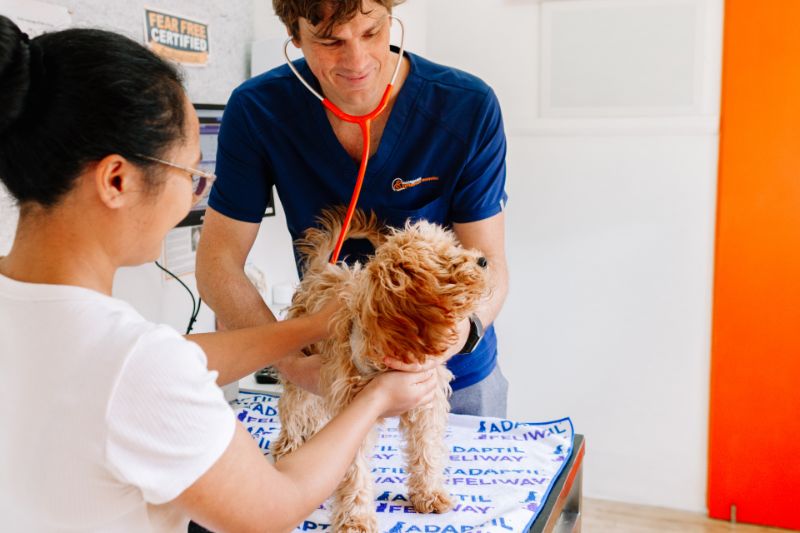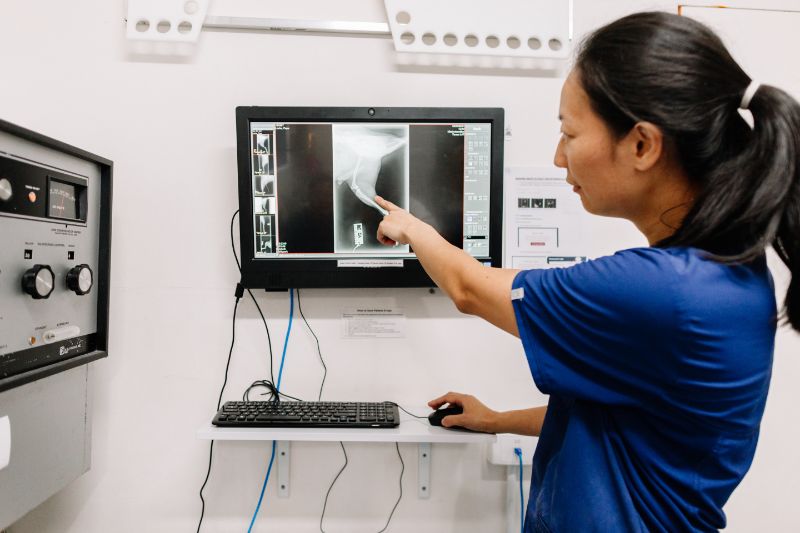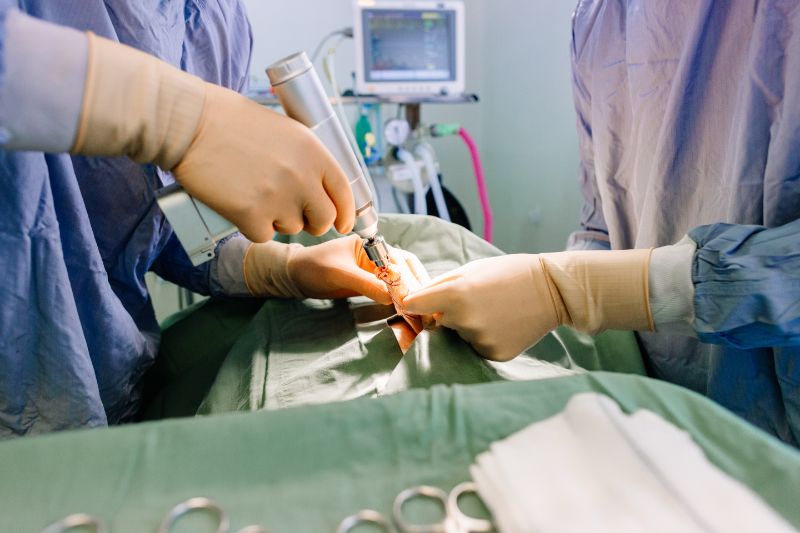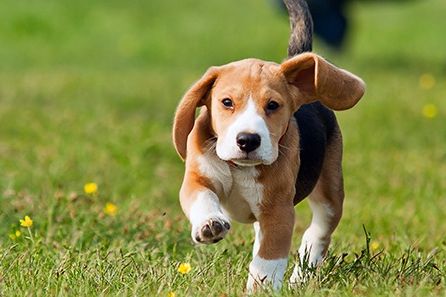Luxating Patella Repairs
We use the latest techniques to repair luxating patellas and get your pet back on their feet!
Luxating patellas, also known as slipping kneecaps, are a common issue that affects small dogs, though larger breeds can occasionally be impacted too. In smaller dogs, this condition can develop at a young age and gradually worsen over time, eventually requiring surgery. For bigger dogs, it’s often linked to a trauma, like trauma from a road accident or a serious fall.
The main sign of a luxating patella is a hopping or skipping movement in the affected back leg. While it might look a bit odd, it typically doesn’t cause immediate pain and can come and go.
However, if left untreated, this condition can lead to painful arthritis and other knee injuries, like ligament damage. That’s why early diagnosis and treatment are crucial to help your dog have the best possible outcome for long-term health.
Dr. Matt Buchanan-Pascall and Dr Michael Stephen are skilled surgeons with additional training in orthopedic surgery and regularly performs this procedure with great success. Give us a call to chat to them or book an appointment today—your dog’s recovery is in great hands!
Luxating Patella Surgery
- We guarantee surgery within 7 days
- Price includes: Patella surgery and post op radiographs on the day of surgery
- PLUS the first 4 post-operative checks at which time we give a course of zydax injections to promote long term joint health
- Please note: any complications experienced will incur additional costs that would be discussed with you at the time.
Luxating Patella Surgery Explained
We can diagnose most cases of luxating patellas by simple examination during a consultation. We grade them for you and advise which can be handled without surgery and which will benefit from surgical intervention. On occasion, we will will recommend getting x-rays under general anaesthetic to look more closely at the knee and hips prior to surgery to ensure we have all information on hand and guide exact treatment.
Gap Only Payments Available!
We work directly with most insurance companies so that you only have to pay the gap for any hospital treatment or surgery. Sorted!






